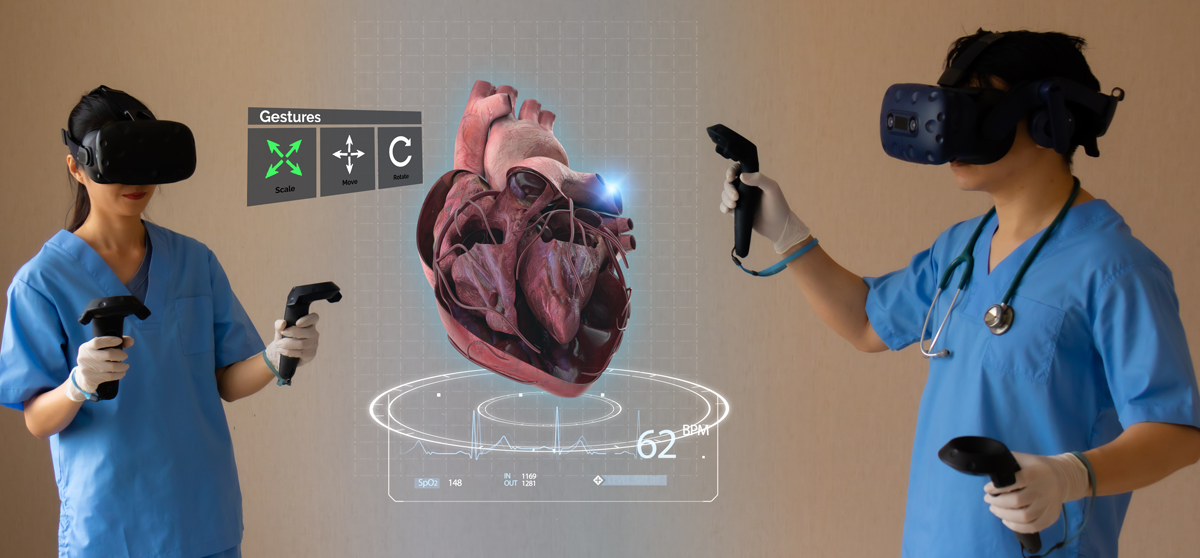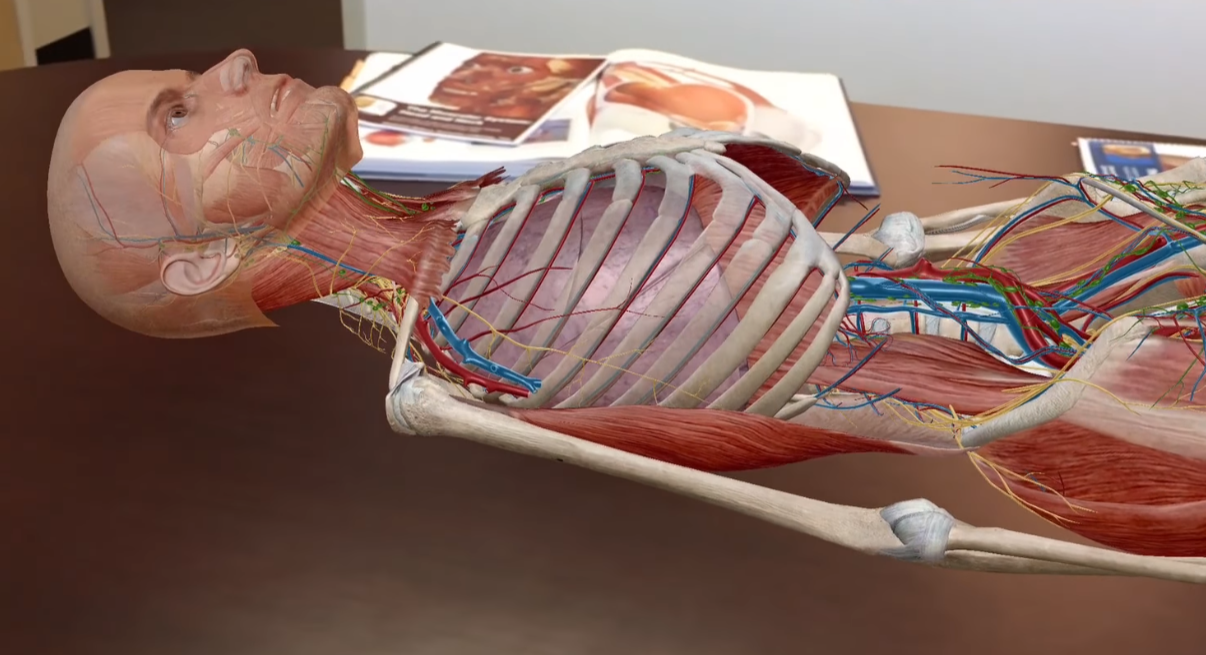The pursuit of knowledge is a long and winding road – and is there any road longer, or more winding, than the journey to becoming a professional healthcare practitioner? These are the workers – the doctors, nurses, technicians, analysts, first-responders, psychologists, social carers, and patient liaisons – doing such incredible and valuable work throughout our communities.
Yet, conditions for medical professionals are far from ideal, with the WHO projecting a workforce shortfall of 10 million by 2030 (World Health Organization). The reasons for this are myriad, complex, and often socio-geo-political: conversations for another time and place.
Part of the difficulty, though, in meeting the demand, lies in that long and arduous qualification process. To put it another way: it takes a lot of time, money, and effort to gain the necessary qualifications – notably, almost half (48%) of all healthcare professionals are “highly qualified” (The King’s Fund).
So is there a way to expedite the process of training and educating medical professionals? Can we deliver advanced medical training in a more streamlined and efficient way?
The answer to these questions is ‘yes’ – and the solution lies in medical and healthcare animation.
In this blog post, we will delve into the profound impact of animation on healthcare education, exploring how it bridges the gap between theory and practice, enhances the learning experience, and equips healthcare professionals with the expertise they need to excel in their careers.
A Window Into Advanced Medical Training
Healthcare is a dynamic field, marked by groundbreaking research, technological advancements, and ever-changing treatment modalities. To meet the diverse and complex needs of patients, healthcare professionals must stay current with the latest developments and best practices in their respective domains – no mean feat, prompting some to even call for the shortening of training processes (The Guardian).
From Basic Life Support (BLS) and Advanced Cardiac Life Support (ACLS) to psychiatric nursing, physical therapy, and pharmacy technician certification, various programs cater to a broad spectrum of healthcare roles. Certification programs such as CPR, resuscitation, and emergency response training arm first responders, nurses, paramedics, and advanced EMTs with the life-saving skills that are so crucial in critical situations.
Accredited certifications not only keep professionals on-the-pulse of industry / technological advancements, but also ensure they meet the highest standards of patient care and safety.
Ultimately, through comprehensive and specialised training, healthcare professionals gain the expertise to:
- Make accurate diagnoses
- Implement evidence-based interventions
- Provide personalised patient care
This leads to significant improvements in patient outcomes and safety. Strikingly, though, medical professionals involved in the training of new practitioners report an alarming consequence on quality of care: over half of trainers (51%) cited sub-standard patient safety or care, and 49% described an inability to provide sufficient care each week (General Medical Council, The State of Medical Education and Practice in the UK).











